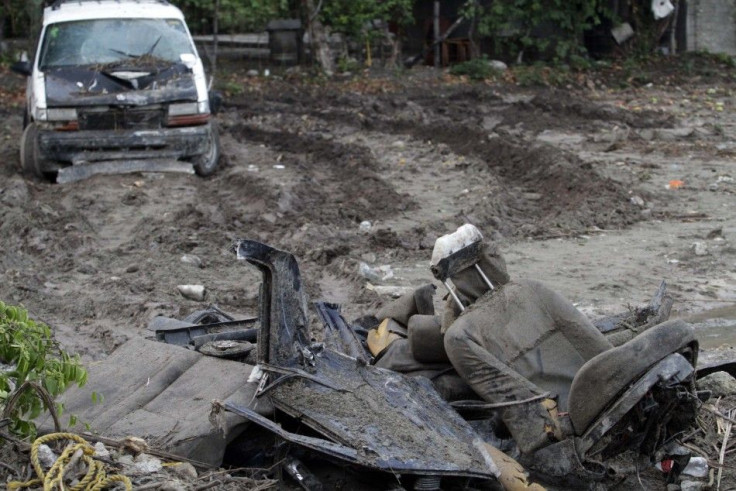2014 El Niño: World Prepares for Major Impacts

Nations around the world have started conducting respective preparations in anticipation of a strong El Niño weather occurrence this 2014.
Peru has earmarked $275 million to be invested in its agricultural sector to help mitigate the possible effects of the weather event. These include strengthening the defenses along the country's riverbanks as well as cleaning out the irrigation canals in northern Peru.
In Venezuela, the government has implemented an electricity and water rationing in western Zulia and in Caracas.
In the Philippines, its weather agency, the Philippine Atmospheric, Geophysical and Astronomical Services Administration (Pagasa), has started cloud seeding, hoping to induce rain as it struggles with one of its hottest summers. However, the clouds failed to produce rain because they have been sucked out to the Pacific Ocean due to weather patterns related to the El Niño phenomenon.
Instead of falling into the mainland, rain has been falling on the ocean, weather expert Landrico Dalida said, because the clouds were pushed there by the wind.
"That's too bad, we can't benefit from these rains," Mr Dalida said. The Philippines expects to feel the impact of El Niño in October up to April 2015.
According to the United Kingdom Meteorological Office, countries in Southeast Asia will experience El Niño in the middle of the year, triggering dry spells.
Read: 2014 El Niño Is In by July - Australia
Consumers may as well prepare for prices of commodities to jump further, such as coffee, currently already riding high pushed by Brazil droughts and as fungus plagues over coffee crops in Central America.
Even Vietnam, Colombia, Indonesia, India and Malaysia, the world's second, third, fourth, sixth and 14th greatest producers of green coffee, may not be able to escape from this year's El Niño, according to AccuWeather.com.
"El Niño will hinder monsoonal rain across northern India this summer. However along the southwestern coast of India, I expect normal to above-normal rainfall from June through September," AccuWeather.com Senior Meteorologist Jason Nicholls said.
"The coffee-producing countries of Indonesia and Malaysia are currently in the midst of a drought and will stay in a drought due to El Niño," AccuWeather.com Agricultural Weather Expert Dale Mohler said.





















